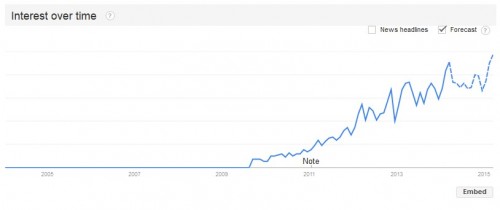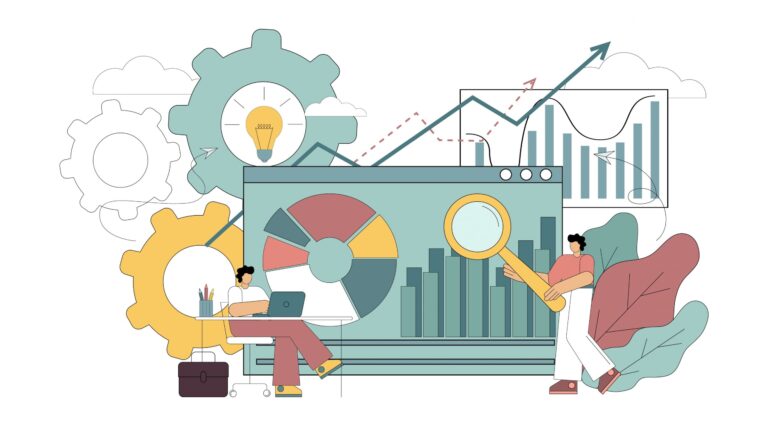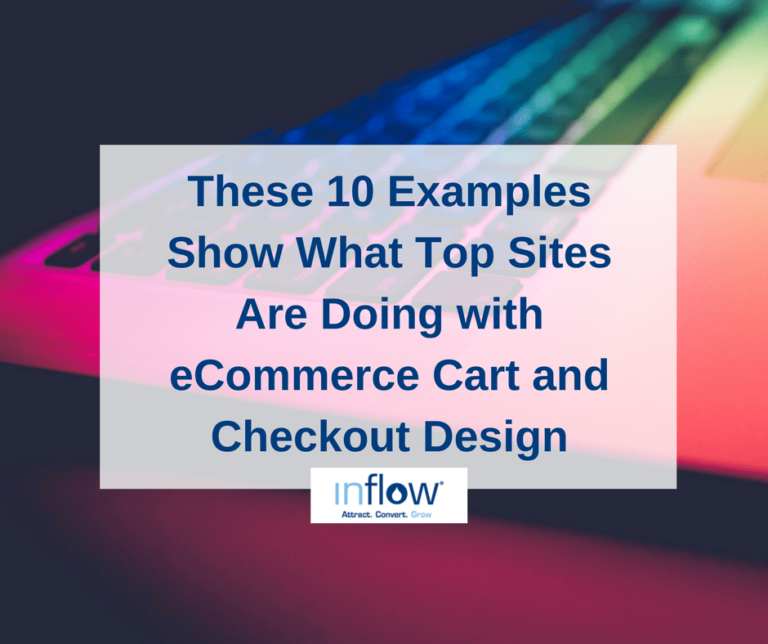The infographic is an innovative way to cover a range of different subjects and topics. Infographics provide a talking point, draw comparisons, and focus on real-world trends and topics that people within your industry want to know about. Here are some good reasons to use infographics as part of your digital marketing strategy.

FACT: 90% of information transmitted to the brain is visual
- Graphics are compelling and attract the eye
People love facts, figures and statistics. They also like compelling images and graphics, so combined together you can create a great piece of content. - Can be easily scanned to get key details
Human beings are highly visual and because 90% of the information that comes to the brain is visual, relating facts to images makes it easier for the brain to remember the most important details. A lot of people also tend to scan read, so the ability to have graphics to convey a fact will also help them to get the information they are after quicker. - Increase traffic
An infographic that is embedded on your website and is compelling enough to read can drive traffic to your website as people share your content through social media. - The ability to go viral on the net
Infographics get more shares on social networks and have the ability to become viral quicker than written articles. - Awareness of a brand
Creating an infographic that has your logo and fits with your brand has a powerful means of creating greater brand awareness for your company. - Shows an expert understanding of your industry and subject
The research required to create an infographic will display your knowledge and position you as an expert on your subject, category or topic of interest. - Easily shareable worldwide
The internet has provided a fast and effective way to reach people globally and instantly. The ability to be embedded on other websites can make an infographic successful. - SEO benefits
An infographic has the possibility of going viral on the net if the content is right for your audience. Google will index your website and rank it higher in search if your infographic page is well optimised. Infographics also help you to cover off questions that your potential customers are looking for answers to.
A Dying Tactic?
The following graph shows that there is likely to be a decline in the interest of infographics in 2014.

The main question to ask yourself here is where am I trying to put my infographic? Outreaching to any old blog for a placement and a link is pointless. However placement on an industry specific blog or website relevant to the topic will help to reach the audiences you are looking to gain.
Unless your infographic is full of relevant and useful information to your audience, it’s not likely to be used and shared by potential customers and influencers. You need to come up with a topic that’s going to compel someone to want to share your content online.
How Not to Use an Infographic..
It’s no secret that Google has started to crack down on backlinks and the authority backlinks give to a site. Soon links will no longer be a ranking factor in the world of SEO. In the meantime, the Google Penguin updates have been making sure that websites who spam their sites or have low quality links are penalised in search.

Using infographics for this purpose and getting low quality links to your site will in fact not benefit your site at all. An infographic for the purpose of providing relevant information in a format that is easy to understand however, is much more likely to give you better benefits such as brand reach and engagement.
How Can an Infographic Benefit My Online Shop?

There are eCommerce SEO benefits for online shops to use infographics in the following ways:
- Kit guides – If you sell to a particular product, you could look at providing a guide that will include lots of your products in the ultimate kit guide such as a kit guide for a builder.
- Outfit guides – The latest fashion ideas and outfits are likely to be shared and encourage customers to add more to their basket online. The use of dummies in store has the same principle as this.
- Show how a product is assembled – Sometimes, instructions are not always too informative. If you have a lot of problems with customers and a particular product, create an infographic guide for this purpose.
- Recipes – For online shops that sell food or kitchenware, you could create some good recipes online in an interesting format.
- Gift guides – Giving ideas to customers for gifts is a great way to engage interest in particular products you are looking to push on your website.
I hope this post has given you some good ideas for the type of content to give your customers and why an infographic could be beneficial to your online presence.
Follow my contributions to the blog to find out more about content design, or sign up to the ThoughtShift Guest List, our monthly email, to keep up-to-date on all our blog posts, guides and events.






